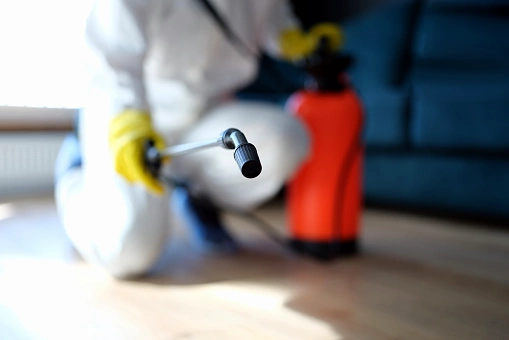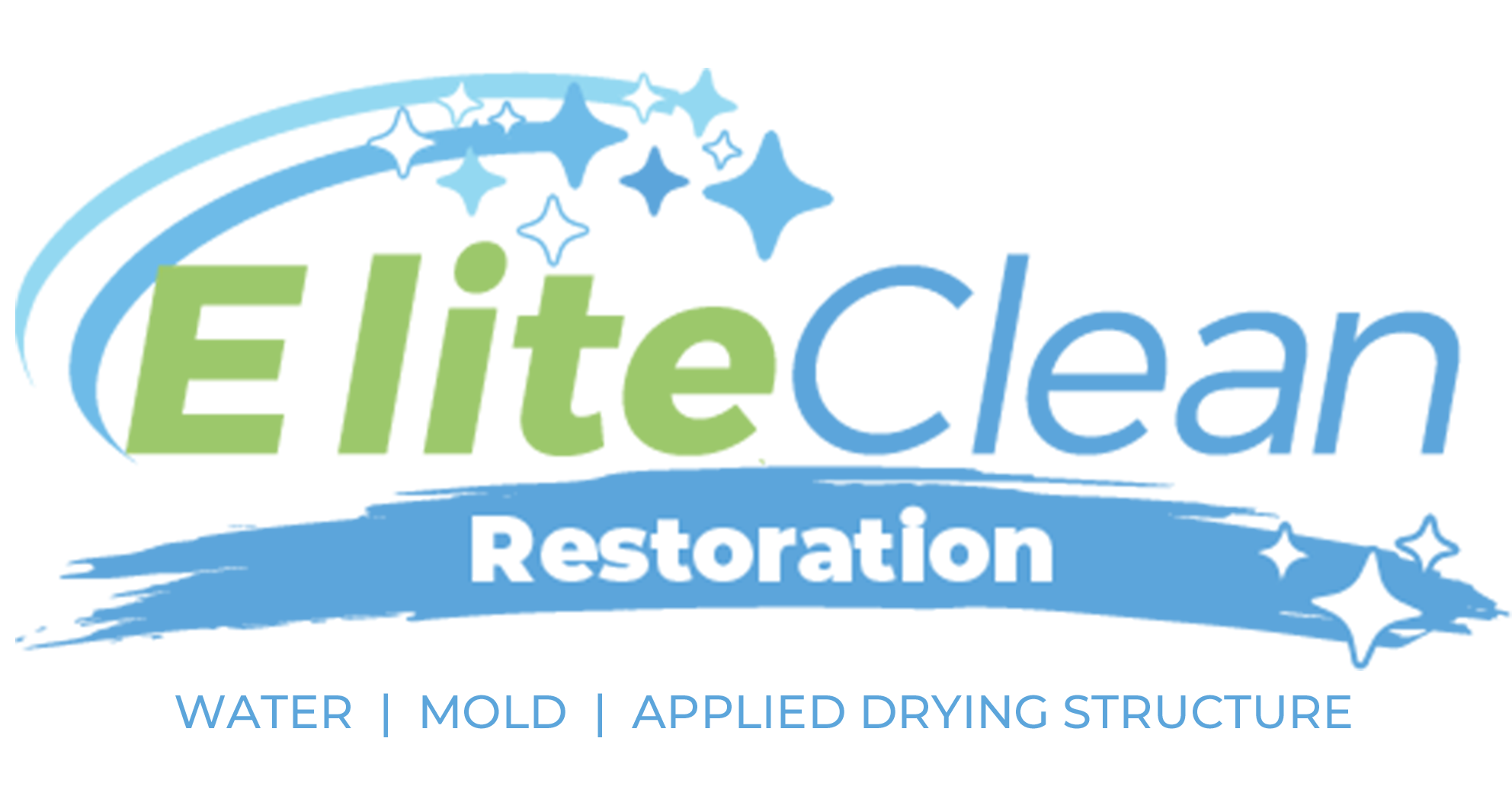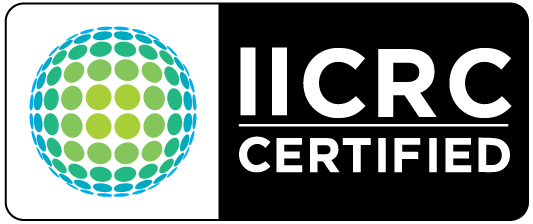Mold is a fungus that grows in any damp and warm environment, both indoors and out. It spreads quickly. It only takes 48 hours to grow and colonize a location in a single day. When mold spores land in a moist environment, they begin to grow and produce irritants, allergens, and potentially toxic substances that affect the quality of the air and the health of the occupants. In this blog, we discuss the steps for mold remediation.
Signs of Mold in the Home
Mold is difficult to detect, but it can have long-term consequences. It is not only unsightly but also dangerous to one’s health. If you notice any of the following signs of mold growth, you should contact a mold remediation professional as soon as possible to address the issue.
- Water damage.
- Occupants of the home become sick with symptoms resembling the common cold, such as headaches, sore throats, allergies, and congestion, without any improvement.
- Musty smells.
- Warped materials.
- Rust.
- Leaks
- Visible mold.
The Mold Remediation Process
Here are 8 steps for mold remediation:
Inspection and Assessment
The first step professionals take to remediate mold is a thorough air quality assessment, moisture survey, and mold inspection. A mold removal expert team will come to your house to assess the situation. They will examine the property to determine the extent of the mold damage. The team will also look into determining the source of moisture, which is where mold typically grows.
Even if you do not see the mold but suspect it is present, the team will use specialized moisture meters to look for moisture content in the space. The warranty team supervisor will begin creating a remediation plan by documenting the situation with photos, videos, and writing. This documentation also aids in determining any larger trends in mold growth.
When the team has determined the extent of the mold infestation, they will devise a strategy for effectively removing the mold. They will begin developing the remediation plan after they are confident in their assessment of the mold problem.
Addressing the Issue of Moisture
Before beginning any mold remediation work, it is critical to perform moisture removal prep work. The source of the moisture must be addressed. Leaking gutters, poor ventilation, and plumbing issues must all be addressed first. Ignoring the moisture problem could lead to structural and aesthetic problems.
If your home has recently experienced water damage but there are no visible signs of mold, an anti-microbial agent will be used. This agent kills any pre-existing mold spores and inhibits mold growth until the affected areas are completely dry.
Isolation of the Contaminated Areas
After dealing with the moisture issue, the mold remediation specialist will ensure that the mold spores do not spread and contaminate the uninfected areas. This will be accomplished by isolating, containing, and sealing off the affected areas, as well as covering all unaffected walls, windows, and other openings with plastic polythene sheeting. Mold spores pollute the air as well. As a result, remediation specialists will spray the affected rooms to prevent mold spores from spreading.
Air Filtration
Mold spores are disturbed and become airborne during the mold removal process. As a result, in addition to being contained, the air must also be cleaned. Air filtration is a critical component of mold remediation.
Negative air machines with HEPA (High-Efficiency Particulate Air) filters are used throughout the house to remove all mold spores, including those found in the HVAC system and ductwork. Allergens, dust, MVOCs (microbial volatile organic compounds), and other airborne debris are also removed by these machines.

Mold Demolition and Removal of Mold-Damaged Materials
Moldy materials and items must be removed from the home, particularly if irreparable. To permanently remove mold, people may need to remove entire wood surfaces and interiors. Moldy surfaces and mold-damaged porous materials must be completely removed from the house and not cleaned.
To eliminate mold spores, non-porous materials such as countertops, bathtubs, tiles, sinks, and metals are treated with biocide. The remediation experts will then use a commercial-grade anti-microbial spray to kill mold spores that cannot be removed from porous objects. Consider wooden wall studs.
Mold Cleanup
This is done in a two-step process;
To begin, mold remediation professionals will spray an EPA-approved biocide to eliminate all mold. This liquid sterilizes the mold spores, preventing the microorganism from spreading.
Second, the remediation specialists will clean the surfaces with HEPA-approved vacuums capable of removing mold residue, moisture, and microbial spray fragments. These vacuums damp-wipe and dry the surfaces, preparing them for the application of special paint and whitewash to prevent future mold outbreaks.
After cleaning the affected area, the remediation professional allows the biocide to do its job, killing all mold spores. This time frame is heavily dependent on when the biocide kills the mold and dries up.
Before painting or whitewashing, all mold spores must be removed because any active mold left under the encapsulation easily grows back.
Clearance Testing After Remediation
Mold remediation professionals will inspect the space again after it has been encapsulated. They will examine the humidity and moisture readings and look for any visible signs that the mold is no longer present. These experts will then examine airborne spore specimens from both inside and outside the remediated area.
Mold remediation is considered successful if no visible mold or mold odor is detected. These clearance testing steps, however, are critical in determining whether the mold remediation process is successful. Clearance testing also aids in determining whether remediated areas can be safely rebuilt and occupied.
Restoration and Reconstruction
Because all moldy surfaces must be removed, the structure must be rebuilt using new materials following remediation. Electrical wiring, plumbing, insulation, drywall, and finishing materials are examples of things that need to be redone. Reconstruction can begin once the clearing certificate is issued.
Hire Mold Remediation Experts
Elite Clean Restoration is a reputable and experienced Indianapolis water damage restoration company. We specialize in extensive water damage repair and cleanup, including performing mold remediation for mold removal. Our technicians have the knowledge, experience, and specialized equipment to remove mold from any area of your home.
Call us at (317) 914-9866 or email us at dwayne@elitecleanrestoration.com for more information on the steps of professional mold remediation.

